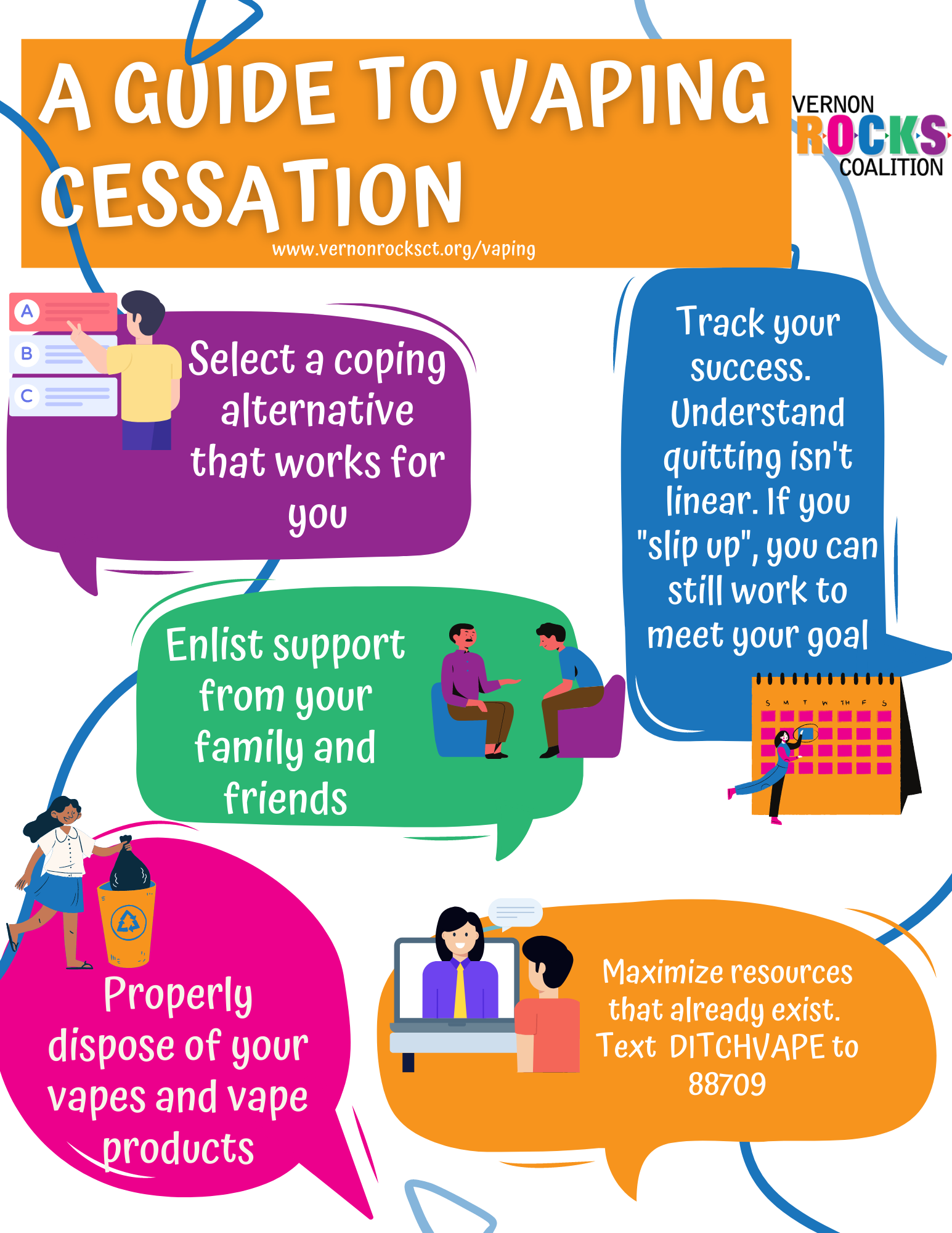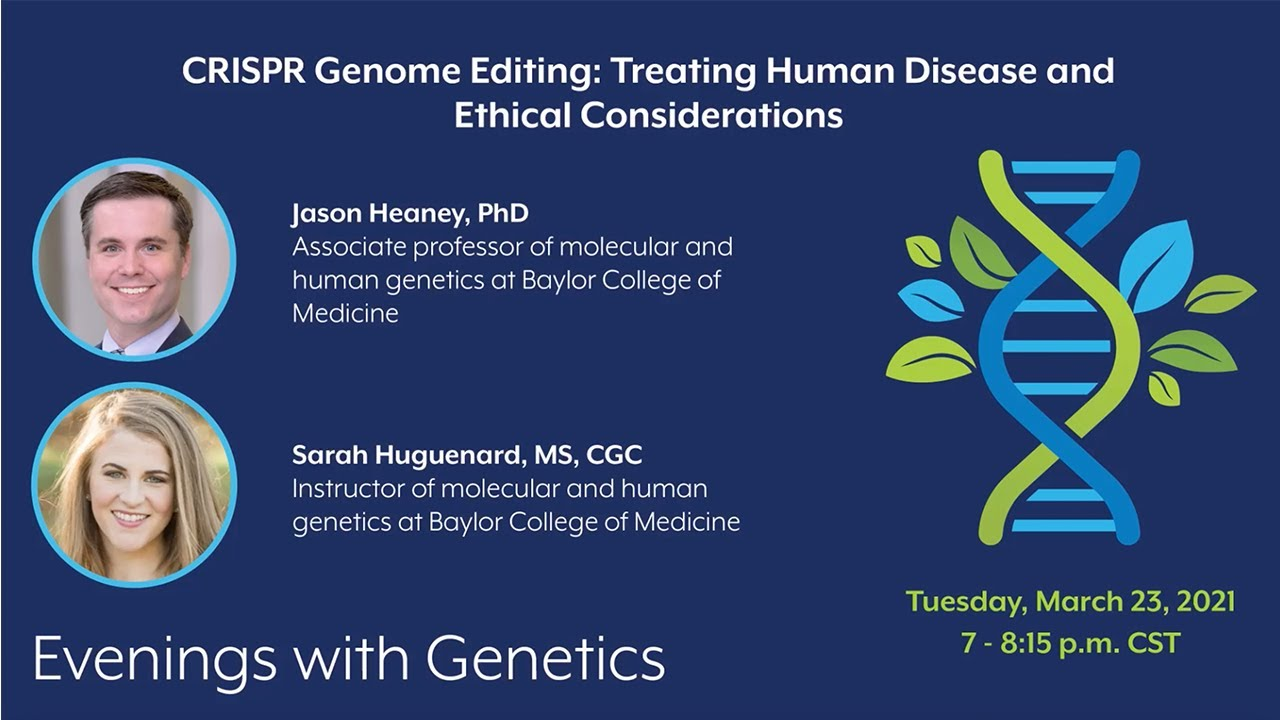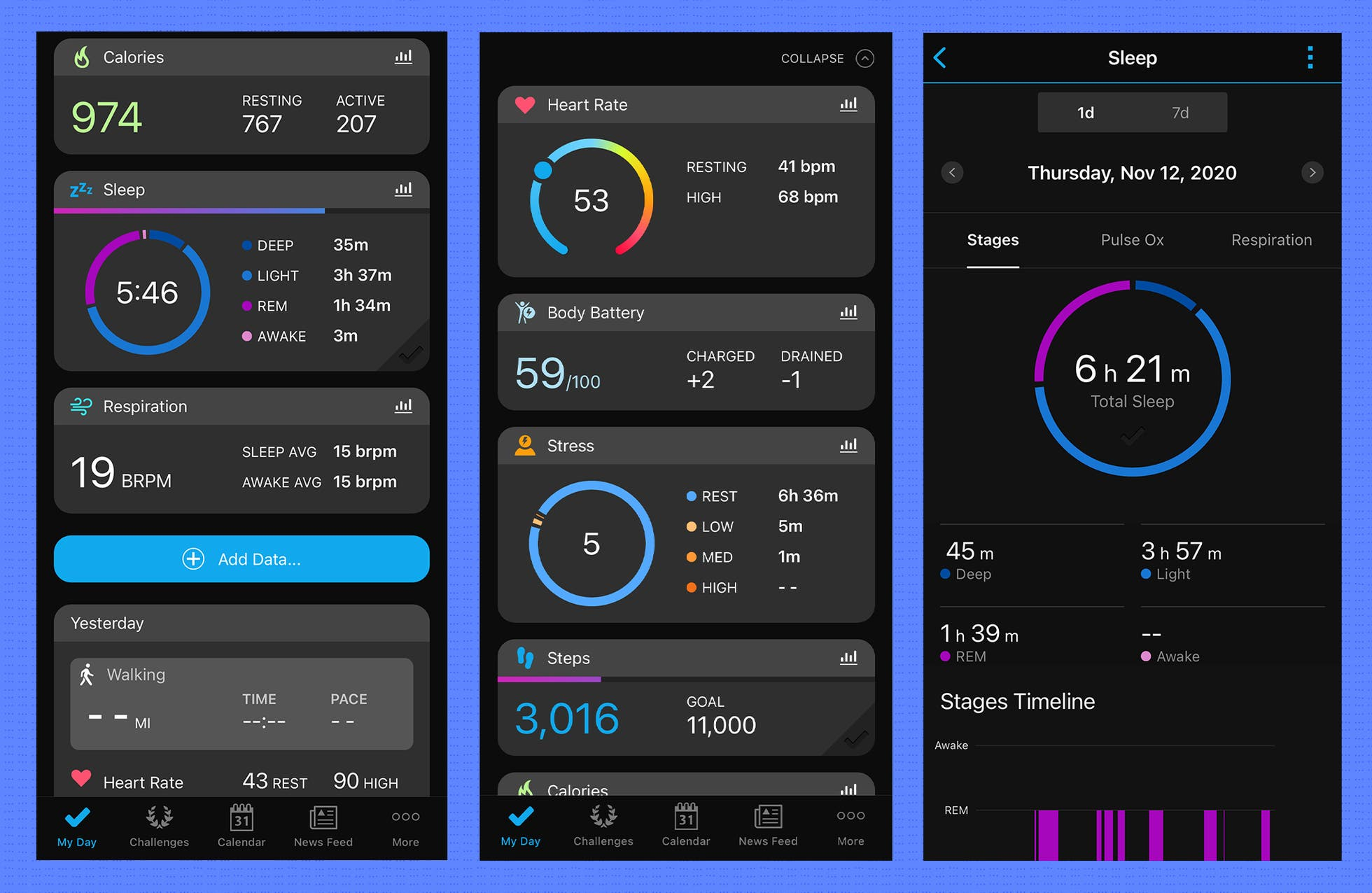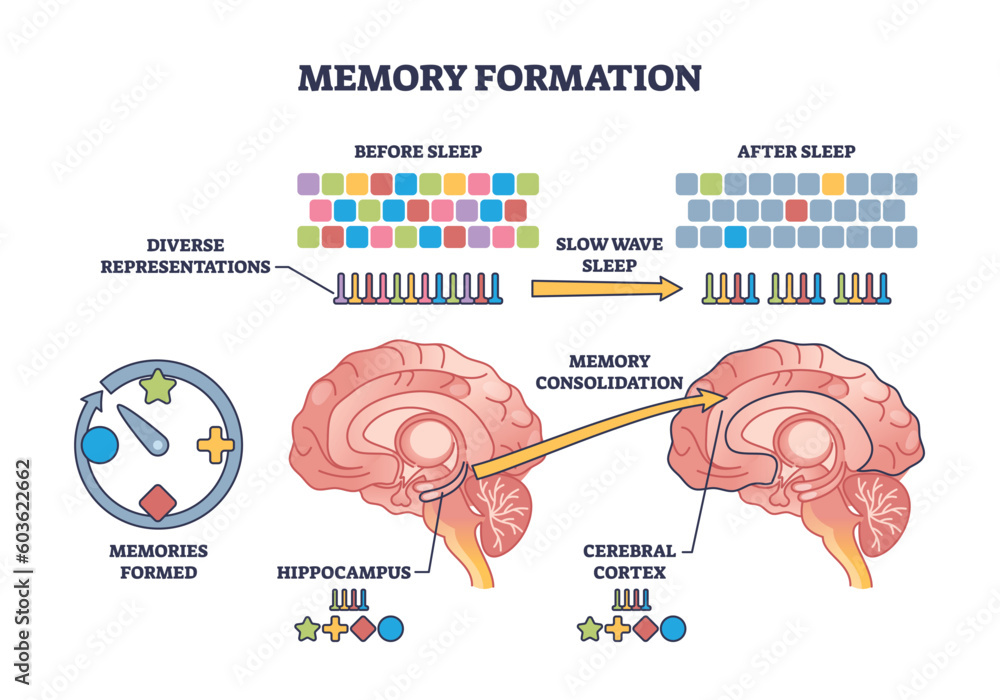
Vaping Cessation Pill: A Breakthrough for Teens and Young Adults
The emergence of vaping has become a pressing public health challenge, particularly among the youth, which is why the vaping cessation pill, varenicline, is gaining attention. As an FDA-approved medication originally designed to aid adults in quitting smoking, varenicline has now demonstrated remarkable efficacy in helping teens and young adults break free from nicotine addiction. Recent studies indicate that participants aged 16 to 25 taking this cessation pill were over three times more successful in quitting vaping compared to those relying solely on behavioral counseling. This significant finding supports the need for effective interventions as vaping rates soar, with approximately a quarter of young adults engaging in the habit. Emphasizing the potential of varenicline can provide hope to those looking to reclaim their health and quit vaping for good, helping to combat the alarming trend of nicotine dependence among teens.
As awareness of the health risks associated with electronic cigarette use grows, alternative options for cessation are emerging, particularly for the younger demographic. The nicotine cessation tablet known as varenicline, recognized for its role in addressing smoking habits, is now being explored as a solution for adolescents struggling with vaping. This powerful FDA-approved treatment offers a new avenue for those battling nicotine dependency, highlighting a shift in focus toward tailored solutions for a generation increasingly engulfed in vaping culture. It underscores the critical need to develop supportive and effective strategies to assist young individuals in overcoming their reliance on nicotine, especially as vaping becomes more normalized among teens. By recognizing the urgency of this issue, health professionals are prioritizing research into medications that can curb these habits and promote healthier futures.
The Rise of Vaping Among Teens
Vaping has surged in popularity among teenagers and young adults, creating a significant public health concern. As of 2024, about 8% of high school students were reported to be vaping, a figure that highlights the growing trend of nicotine consumption through electronic devices. The accessibility and discreet nature of vapes make them particularly attractive to younger demographics, who often perceive vaping as a safer alternative to traditional cigarettes despite the risks associated with nicotine addiction.
The allure of flavors and the ability to vape inconspicuously in various settings contribute to this trend. However, the health risks remain concerning, as many vaping products still contain harmful chemicals and high levels of nicotine. This increased exposure to nicotine during formative years can heighten the risk of developing more severe addictions later in life. It is critical for public health initiatives to address the factors that lead to youth vaping and to provide effective cessation resources.
Understanding Nicotine Addiction in Young Adults
Nicotine addiction is a complex issue, especially among teens and young adults who may not fully understand the long-term consequences of their vaping habits. The brain is still developing during these years, making this population particularly vulnerable to the addictive properties of nicotine. Research has established that early exposure to nicotine can transform brain chemistry, potentially leading to a greater likelihood of substance use disorders in the future.
Young adults, especially those aged 16 to 25, often find themselves trapped in a cycle of nicotine dependence, frequently turning to vaping as a means to cope with stress or peer pressure. This demographic’s addiction can perpetuate harmful behavior patterns, leading to potential health risks that far exceed those originally associated with vaping. Understanding the psychological and physiological mechanisms behind nicotine addiction is essential in crafting effective treatment plans.
Varenicline: A Game-Changer for Vaping Cessation
Varenicline, an FDA-approved medication for smoking cessation, has emerged as a promising option for helping young adults quit vaping. According to recent studies, participants aged 16 to 25 who used varenicline were over three times as successful in achieving cessation compared to those who received placebo treatments. This groundbreaking finding emphasizes the role of pharmacological interventions in combating vape-related nicotine addiction amongst adolescents.
This medication works by stimulating nicotine receptors in the brain while also blocking the effects of nicotine from other sources, thereby reducing cravings and withdrawal symptoms. With its proven efficacy, varenicline offers a vital tool in public health efforts to significantly decrease the rates of vaping among young people. The positive results from clinical trials underscore the importance of integrating such medications into comprehensive treatment strategies for nicotine addiction.
The Role of Behavioral Counseling in Vaping Cessation
While medications like varenicline play a crucial role in helping individuals quit vaping, combining pharmacological treatments with behavioral counseling significantly boosts success rates. Behavioral counseling addresses the emotional and psychological aspects of nicotine addiction, providing participants with strategies to cope with triggers, cravings, and stressors. The integration of these therapeutic methods contributes to a more holistic approach to cessation.
Effective behavioral counseling can offer young adults the support they need to navigate the challenges of quitting vaping. By focusing on building resilience and coping mechanisms, counselors can empower individuals to make lasting lifestyle changes. The combination of medication and counseling not only enhances the likelihood of quitting but also equips participants with the tools to maintain their abstinence from nicotine in the long term.
Youth-Focused Approaches to Cessation
Given the alarming rates of vaping among teens and young adults, tailored approaches to smoking cessation are paramount. Programs designed specifically for this demographic can significantly increase engagement and success rates in quitting. These approaches should be informed by the unique challenges young people face, such as peer pressure, social influences, and the desire for acceptance.
Interventions such as group counseling sessions, social media outreach, and mobile apps can provide effective means to connect with and support young individuals looking to quit vaping. Creating a supportive community environment not only fosters accountability but also helps normalize the conversation around nicotine addiction and cessation. Community-based initiatives can mobilize resources and support, ultimately contributing to healthier lifestyles for future generations.
The Importance of Early Intervention
Early intervention is crucial in addressing nicotine addiction among teens and young adults. By instilling effective cessation strategies at a young age, individuals are better equipped to avoid the pitfalls of lifelong addiction. Education and awareness campaigns aimed at middle and high school students can empower them with knowledge about the dangers of vaping and the importance of quitting before long-term dependence develops.
Implementing screening programs in schools can help identify students at risk of nicotine addiction and connect them with resources for quitting. These early interventions not only benefit the individuals involved but also contribute to wider societal health by reducing long-term healthcare costs associated with smoking-related illnesses. By prioritizing prevention and early intervention, health authorities can create a foundation for healthier communities.
Health Risks Associated with Vaping
Despite being marketed as safer alternatives to cigarettes, vaping devices pose significant health risks. Users may be exposed to various harmful substances that can lead to respiratory issues, cardiovascular diseases, and potential long-term damage. Moreover, the perception that vaping is harmless might contribute to increased usage among youth, escalating the rates of nicotine addiction and subsequent health complications.
The health risks associated with vaping extend beyond the individual user; they impact public health systems and overall societal well-being. As such, it is imperative for health organizations to disseminate factual information about the risks of vaping, counteracting the myths that perpetuate its use among young people. Comprehensive educational campaigns can serve as vital tools in informing teens about the potential consequences of vaping.
Long-term Effects of Nicotine Exposure
Research indicates that early exposure to nicotine can have lasting effects on brain development and overall health. Adolescents who begin vaping may find themselves at an increased risk of developing substance use disorders later in life, much like those who initiate cigarette smoking at a young age. This underscores the need for targeted interventions aimed at young people to emphasize the harmful consequences of nicotine exposure.
The long-term effects of nicotine extend beyond addiction; they may also include cognitive impairments, emotional regulation issues, and increased susceptibility to other addictive behaviors. Educating youth on these risks is essential in fostering informed decision-making and promoting healthier choices. By mitigating the early onset of nicotine use, communities can work toward curbing the developmental issues associated with prolonged exposure.
Combating the Vaping Epidemic
The rise in vaping among teens necessitates a coordinated response from healthcare providers, educators, and policymakers. Addressing the epidemic requires a multifaceted approach that combines prevention strategies, effective cessation programs, and education. Collaborating with community organizations can enhance outreach efforts, ensuring that resources are accessible and tailored to youth.
Combating this epidemic involves not only helping those who currently vape to quit but also preventing future generations from starting. By fostering environments that promote nicotine-free lifestyles and offering support networks, communities can play a pivotal role in ending the prevalence of vaping among young people. A comprehensive approach is essential to reversing the trends observed in nicotine addiction, ultimately leading to healthier societies.
Frequently Asked Questions
What is the vaping cessation pill varenicline and how does it help in quitting vaping?
Varenicline is an FDA-approved medication designed to assist adults in smoking cessation. Recent studies show it is also effective for teens and young adults wanting to quit vaping. This pill works by affecting nicotine receptors in the brain, reducing cravings and withdrawal symptoms associated with nicotine addiction, thereby significantly increasing the chances of successful cessation.
Can teens safely use the vaping cessation pill varenicline to quit vaping?
Yes, varenicline can be safely prescribed to individuals aged 16 to 25 who are trying to quit vaping. Research indicates that it is effective and has not led to increased tobacco use among those who have quit vaping.
How effective is varenicline in helping young adults quit vaping compared to placebo?
In clinical trials, young adults using varenicline had a quitting success rate of 51% after 12 weeks, significantly higher than the 14% success rate for those on placebo. This illustrates varenicline’s effectiveness in combating nicotine addiction in the context of vaping.
What are the benefits of using an FDA-approved medication like varenicline for vaping cessation?
Using varenicline as an FDA-approved medication for vaping cessation offers a structured approach to quitting. It helps address the physical aspects of nicotine addiction, which behavioral counseling alone may not fully resolve, resulting in a higher rate of successful vaping cessation among young users.
What common side effects should be expected when using varenicline for vaping cessation?
While varenicline is generally well-tolerated, users may experience some side effects like nausea, insomnia, or vivid dreams. However, it is crucial to consult with a healthcare provider for a comprehensive understanding of potential risks and management strategies when using the vaping cessation pill.
Is varenicline only effective for young adults, or can it help older individuals quit vaping too?
Varenicline is primarily approved for adults; however, its effectiveness in young adults, particularly those aged 16 to 25, has been highlighted. Older individuals may also benefit, although further studies specifically targeting older populations may be warranted for definitive conclusions.
How can behavioral counseling complement the use of varenicline for quitting vaping?
Behavioral counseling can enhance the effectiveness of varenicline by providing emotional support, coping strategies, and motivation. When combined, these approaches address both the psychological and physiological components of nicotine addiction, leading to a higher success rate in quitting vaping.
Can using varenicline help prevent teens from transitioning to cigarette smoking after quitting vaping?
Studies show that participants who quit vaping using varenicline did not turn to cigarettes afterward, suggesting that this smoking cessation pill can help prevent the transition to traditional tobacco use among adolescents.
What role does the study funded by the National Institutes of Health play in understanding vaping cessation?
The study funded by the National Institutes of Health provides critical evidence on the effectiveness and safety of varenicline in young populations struggling with nicotine addiction due to vaping. It emphasizes the need for safe, effective treatment options to address this public health issue.
| Key Point | Details |
|---|---|
| FDA Approval | Varenicline is FDA-approved for smoking cessation in adults but has shown efficacy in teens and young adults. |
| Study Results | 18 to 25-year-olds taking varenicline had 3 times more success in quitting vaping compared to placebo. |
| Study Design | 261 participants aged 16 to 25 were recruited and separated into three groups for 12 weeks of treatment. |
| Success Rates at 12 Weeks | 51% of varenicline users quit vaping vs. 14% placebo and 6% text-only users. |
| Safety of Varenicline | No participants who quit with varenicline shifted to cigarette use. It is considered a safe therapy. |
Summary
The vaping cessation pill, varenicline, has shown remarkable effectiveness in helping teens and young adults quit vaping. With a success rate three times higher than those using just behavioral counseling, many young individuals struggling with nicotine addiction can find relief through this FDA-approved medication. The study confirms not only the efficacy of varenicline, but also its safety, as it helps avoid transitioning to cigarette smoking. As vaping continues to pose significant health risks, the introduction of varenicline as a cessation tool marks a vital step towards improving public health outcomes among youth.


